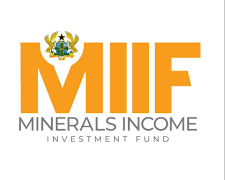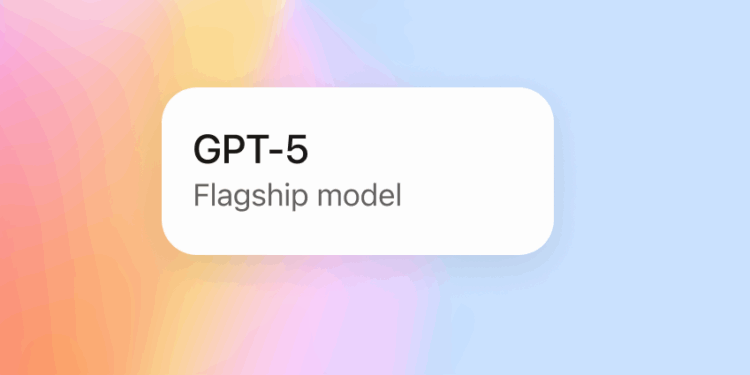OpenAI has officially launched GPT-5, its latest flagship AI model, which will enhance the next generation of ChatGPT. Released on Thursday, GPT-5 is the company’s first “unified” model, merging the reasoning capabilities of its earlier o-series with the quick responses of the GPT series. This next-gen model signifies a transformative step for both ChatGPT and OpenAI, reflecting the company’s ambition to develop AI systems that function more like intelligent agents than traditional chatbots.
While GPT-4 enabled chatbots to provide intelligent responses across various topics, GPT-5 empowers ChatGPT to perform a broader range of tasks, including generating software applications, managing user calendars, and creating research briefs.
OpenAI has also streamlined the user experience with GPT-5, which includes a real-time router that optimizes response time without requiring users to adjust settings.
During a press briefing, OpenAI CEO Sam Altman asserted that GPT-5 is “the best model in the world” and represents a “significant step” towards achieving artificial general intelligence (AGI) that could outperform humans in economically valuable tasks. “Having something like GPT-5 would be unimaginable at any previous time in history,” he stated.
Starting Thursday, GPT-5 will be the default model for all free ChatGPT users, marking the first time many have access to an advanced AI reasoning model without a paywall. Nick Turley, OpenAI’s VP of ChatGPT, emphasized the company’s mission to make advanced AI accessible to as many people as possible.
The anticipation surrounding GPT-5 is immense, as it’s one of OpenAI’s most awaited launches since ChatGPT gained popularity in 2022, now boasting over 700 million users weekly—nearly 10% of the global population. The model’s performance could influence not just the tech industry but also Wall Street and regulatory policymakers.
GPT-5 Offers Competitive Edge
OpenAI claims GPT-5 excels in several areas, slightly outperforming leading AI models from Anthropic, Google DeepMind, and Elon Musk’s xAI on key benchmarks. However, it does exhibit some limitations in certain domains.
For instance, GPT-5 is touted as particularly strong in coding tasks; it can generate entire software applications on demand, a process known as “vibe coding.” On the SWE-bench Verified coding test, GPT-5 achieved a score of 74.9%, surpassing Anthropic’s Claude Opus 4.1 (74.5%) but lagging behind xAI’s Grok 4 Heavy (44.4%) on other metrics.
OpenAI also reports that GPT-5 performs better on health-related queries, with a significantly lower hallucination rate of just 1.6% on health-related topics, compared to 12.9% and 15.8% for its previous models. This suggests that GPT-5 is better equipped to flag health concerns and help users interpret medical results.
Additionally, GPT-5 is said to excel in subjective tasks like creative writing and design, exhibiting improved naturalness and “better taste” in its responses.
In terms of accuracy, GPT-5 shows a marked reduction in hallucinations, generating incorrect information only 4.8% of the time, compared to 22% and 20.6% for its predecessors.
ICYMI: OpenAI launches GPT-5, promising ‘PhD-Level’ expertise for ChatGPT
User Experience Upgrades and Developer Features
As part of the GPT-5 launch, ChatGPT will introduce new user experience upgrades, including four new personalities: Cynic, Robot, Listener, and Nerd. These options will adapt ChatGPT’s responses without requiring specific prompts from users.
Subscribers to the $20-per-month ChatGPT Plus plan will have higher usage limits, while $200-per-month Pro subscribers will gain unlimited access to GPT-5 and an enhanced version called GPT-5 Pro, which utilizes additional computational resources for better answers. Organizations using OpenAI’s Team, Edu, and Enterprise plans will gain access to GPT-5 as their default model next week.
For developers, GPT-5 will be available through OpenAI’s API in three sizes—gpt-5, gpt-5-mini, and gpt-5-nano—allowing for varying reasoning times. Developers can also control response length through the API.
The base model will cost $1.25 per million input tokens and $10 per million output tokens.
The launch follows a busy week for OpenAI, which also released an open-weight reasoning model, gpt-oss, for free download. While this open model nearly matches the capabilities of OpenAI’s previous top models, GPT-5 sets a new benchmark for performance in certain areas, particularly coding.
However, GPT-5 appears to be on par with other leading AI models in various respects. While benchmarks provide insight into capabilities, it remains to be seen how effectively developers will utilize GPT-5 in real-world applications.
SOURCE: TECH CRUNCH




























